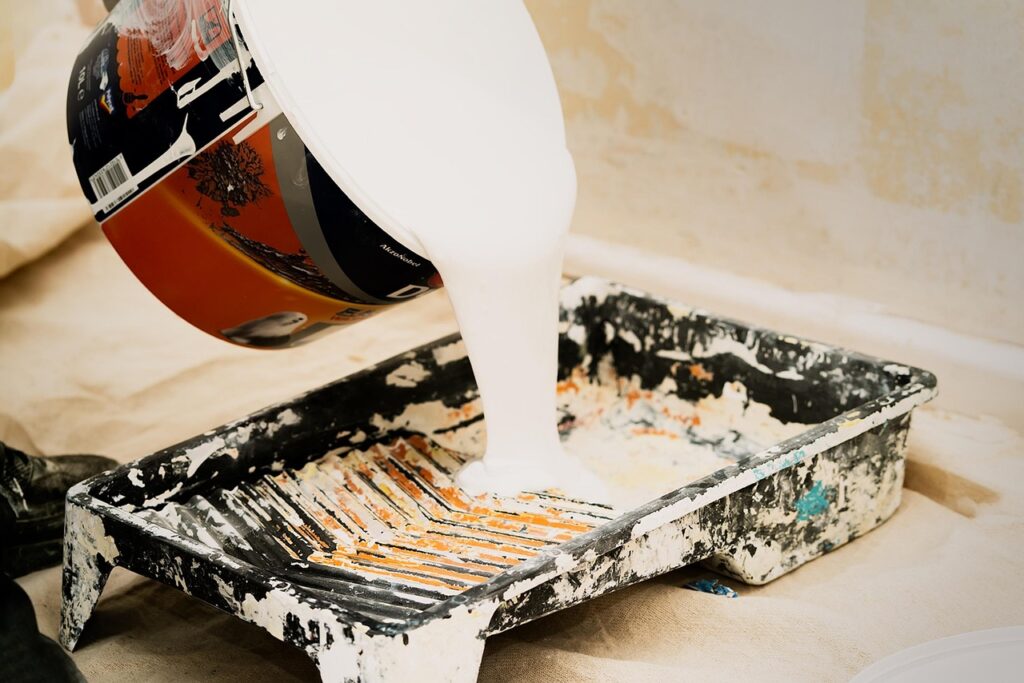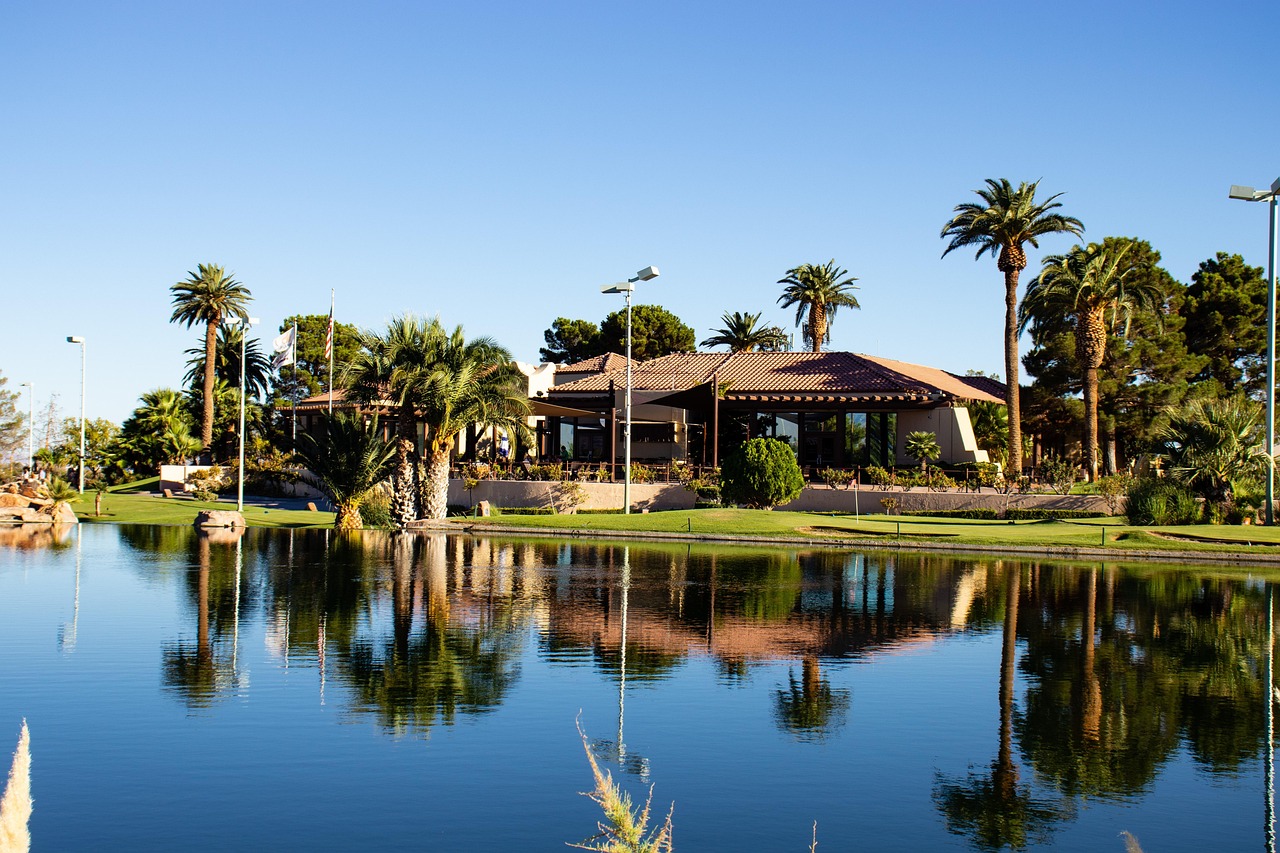Liquid membrane functions as a protective shield against water damage to surfaces. It is a thin, flexible coating that is made up of polymer-modified bitumen or synthetic resins. The coating is applied to concrete or metal surfaces to prevent water penetration.
Liquid membrane works by creating a continuous, seamless layer over any surface. It can cover any shape or contour of the surface and fills any gaps or cracks on the surface. This leads to fewer potential leakages and water ingresses compared to traditional waterproofing solutions.
It offers excellent durability and resistance to harsh weather, chemicals, and UV radiation. This means that it can be used for both indoor and outdoor applications. It is also easy to apply and maintain, which makes it an attractive option for many property owners.
One of the significant advantages of a liquid membrane is that it can be installed quickly and efficiently. This reduces the time spent on the construction site, leading to faster project completion.
Liquid membrane is a crucial material in the construction industry due to its effectiveness in preventing water damage on surfaces. Its versatility, durability, and ease of application make it a preferred choice for many property owners.






